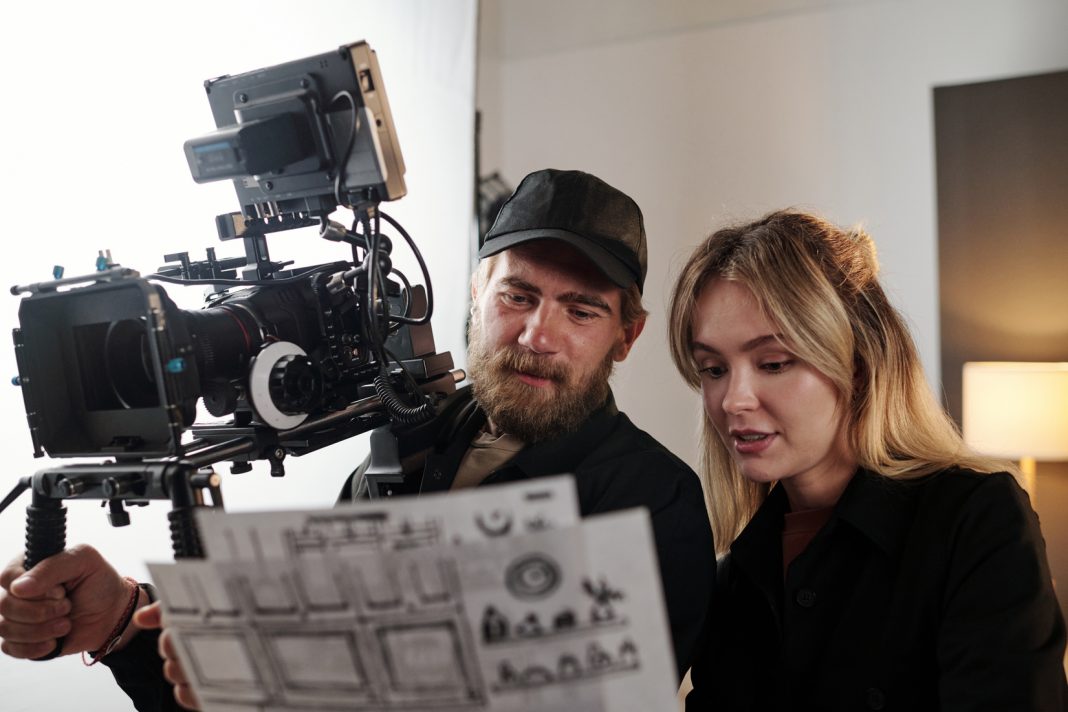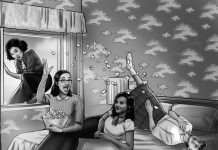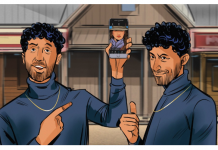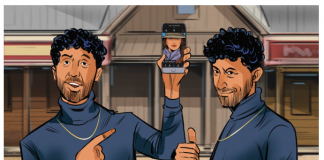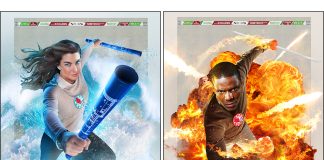Storyboarding is essential to the pre-production process for films and TV shows. It involves creating a series of images representing each shot in a scene and the camera angles, movements, and other visual elements. Storyboarding helps directors and cinematographers to visualize their ideas, plan their shots, and communicate with their crew.
In this post, we’ll explore some of the fundamental techniques successful filmmakers and TV show creators use when storyboarding their projects.
Establishing Shots
One of the most important techniques used in storyboarding is the establishing shot. This shot is typically used at the beginning of a scene or sequence to establish the location or setting. It can be a wide-angle shot of a cityscape or landscape, providing context for what’s to come.
For example, in the opening scene of “Star Wars: A New Hope,” there’s an establishing shot of a spaceship flying through space that sets up the sci-fi setting for the rest of the film.
Shot Size
Another technique used by successful filmmakers is varying shot size. By using different shot sizes, such as close-ups or extreme long shots, directors can create different moods and tones within a scene.
Close-up shots are often used to emphasize emotions or reactions on characters’ faces. They can also be used to highlight essential objects or details within a scene.
Long shots are often used to establish a location or setting but can also be used to create distance between characters within a scene.
Movement
Movement is another critical element of storyboarding. Camera movement can be used to create tension or excitement within a scene, such as with tracking shots or dolly zooms.
A tracking shot involves moving the camera along with action taking place within a scene, creating an immersive experience for viewers that makes them feel like they’re part of the action.
A dolly zoom involves changing the camera position and focal length while keeping the subject in the frame, creating an unsettling effect often used in horror movies.
Framing
Framing refers to arranging elements within an image, including characters and objects. Successful filmmakers use framing to convey meaning and emotion within a scene.
For example, placing characters off-center in a frame can create tension or imbalance within a scene. Using symmetry can create order and balance instead.
Lighting
Lighting is another crucial aspect of storyboarding that can significantly impact the final product. By using techniques like high-key or low-key lighting, directors can create different moods and tones within their scenes.
High-key lighting uses bright lights to illuminate subjects evenly throughout the frame, creating an upbeat mood often seen in comedies or romantic movies.
Low-key lighting uses shadows and darker areas to contrast light and dark regions within frames creating suspenseful moods often seen in thrillers or horror movies.
Blocking
Blocking refers to how actors move around on set during filming. Directors use blocking diagrams during pre-production planning phases to know where actors should stand during scenes based on camera placement and other factors like eye lines.
Planning out blocking ahead of time through storyboards helps ensure smooth filming days, so everyone knows exactly where they need to be without wasting time figuring it out on set day of, which saves production time/money overall!
Color Palette
Color palettes refer to choosing specific colors for each frame/scene being storyboarded — this includes everything from backgrounds down to clothing worn by actors/actresses/etc. Specific color choices help convey emotions/moods depending on the chosen colors (e.g., red might signify passion/anger).
Sound Design
While the sound design doesn’t necessarily fit into traditional “storyboard” categories per se – it’s still very much tied into pre-production planning phases since having specific sounds planned out ahead ensures consistency throughout all stages (pre- through post-production), which ultimately leads to better overall quality!
Some examples include adding background music/sound effects/dialogue cues/etc. Good design plays heavily into creating atmosphere/mood/tone, so it should go unnoticed!
These examples highlight techniques successful filmmakers use when storyboarding their projects! The best way to learn about these techniques would be to study famous movie scenes from classic Hollywood films up to modern-day blockbusters!
Storyboards serve as blueprints for any film/TV production – take care of putting thought into each detail because every little thing counts! From establishing shots framing/color palette/sound design, each technique adds something unique towards making your project genuinely great!

